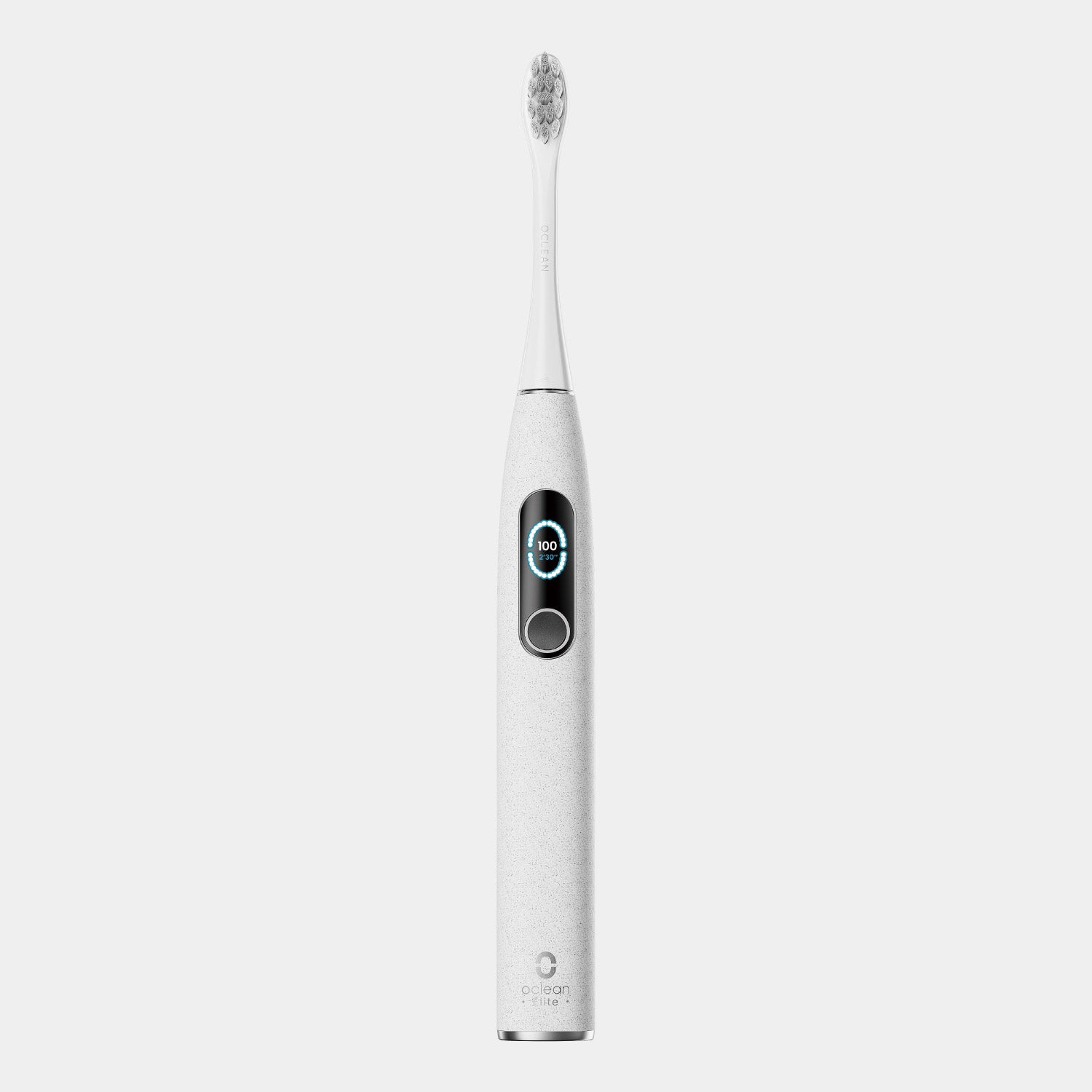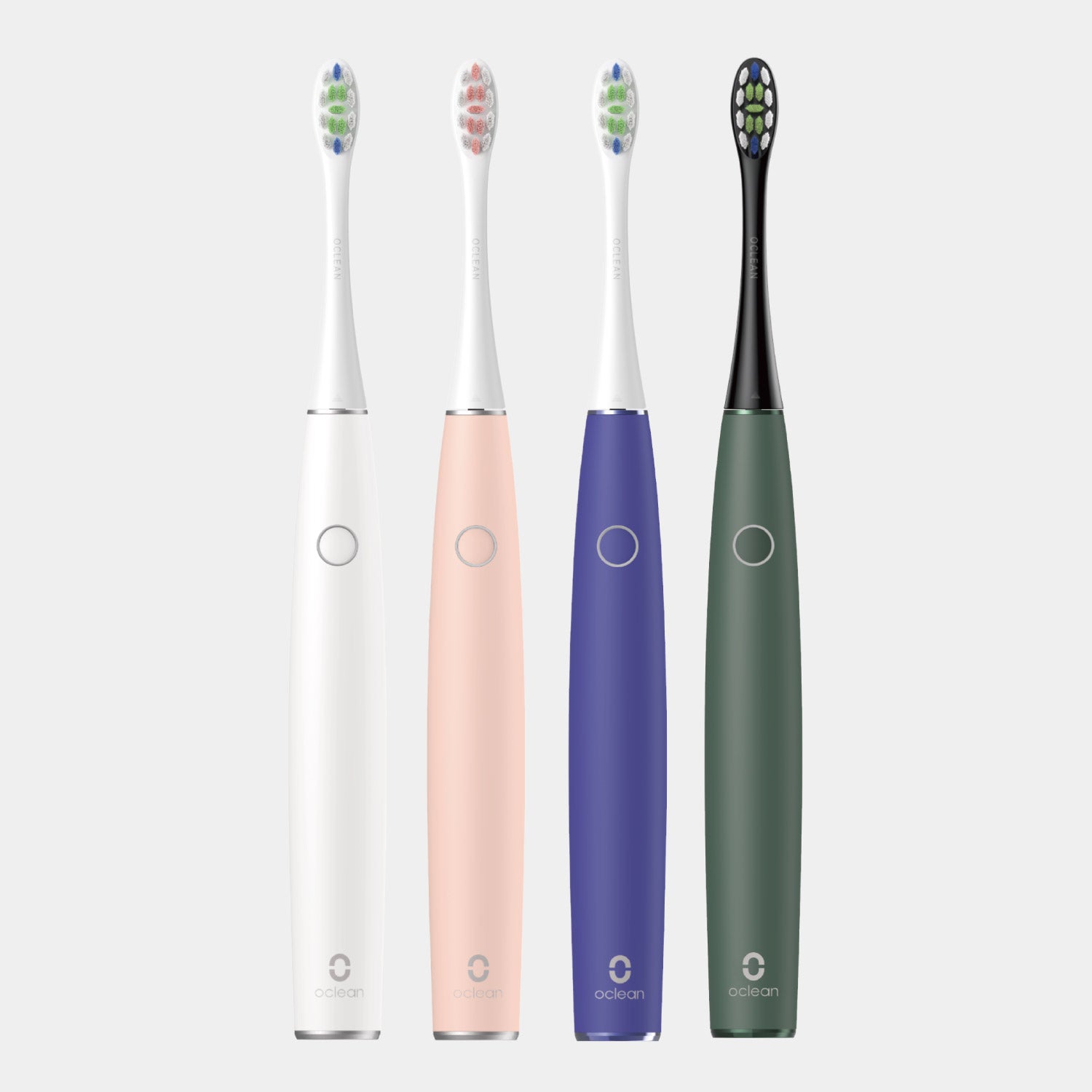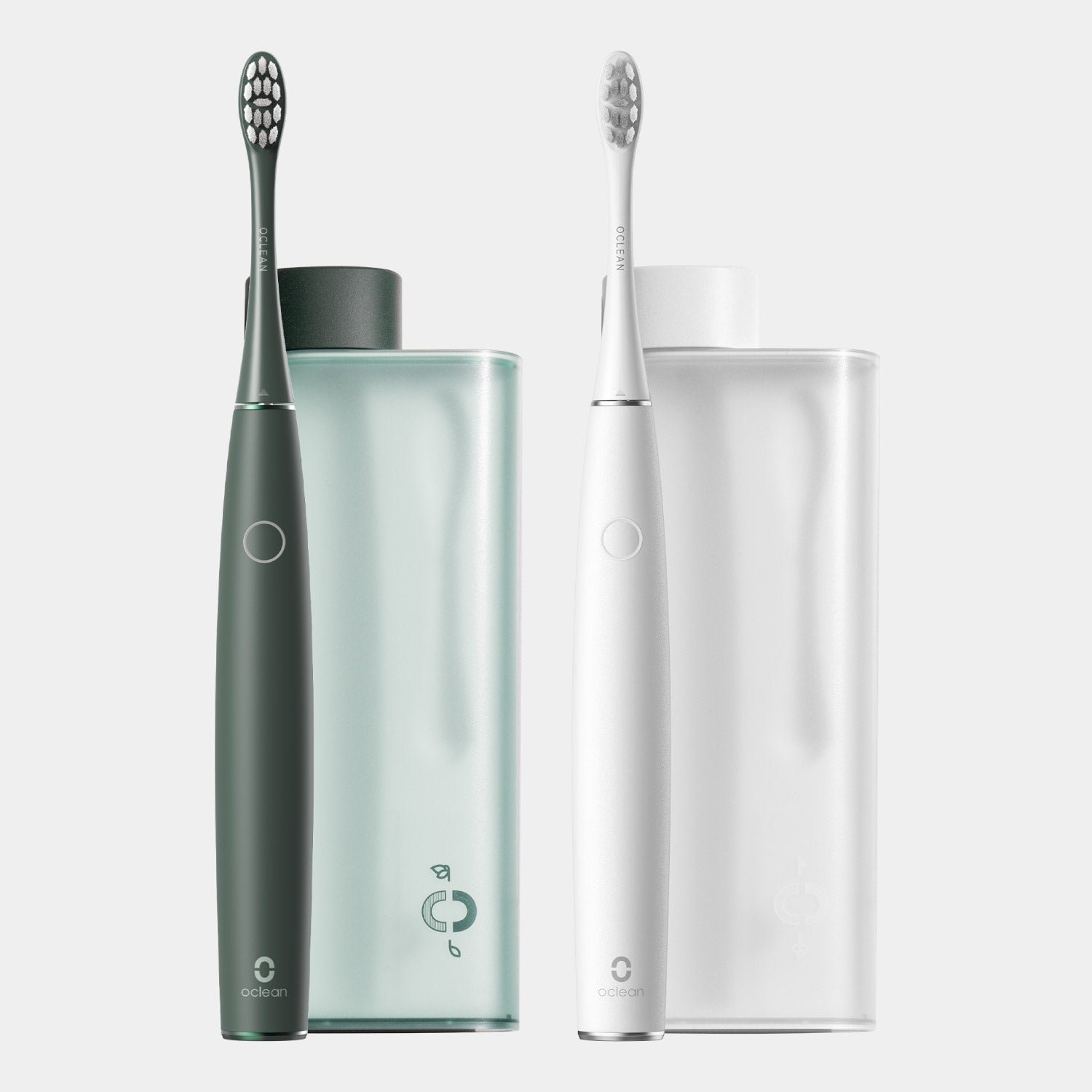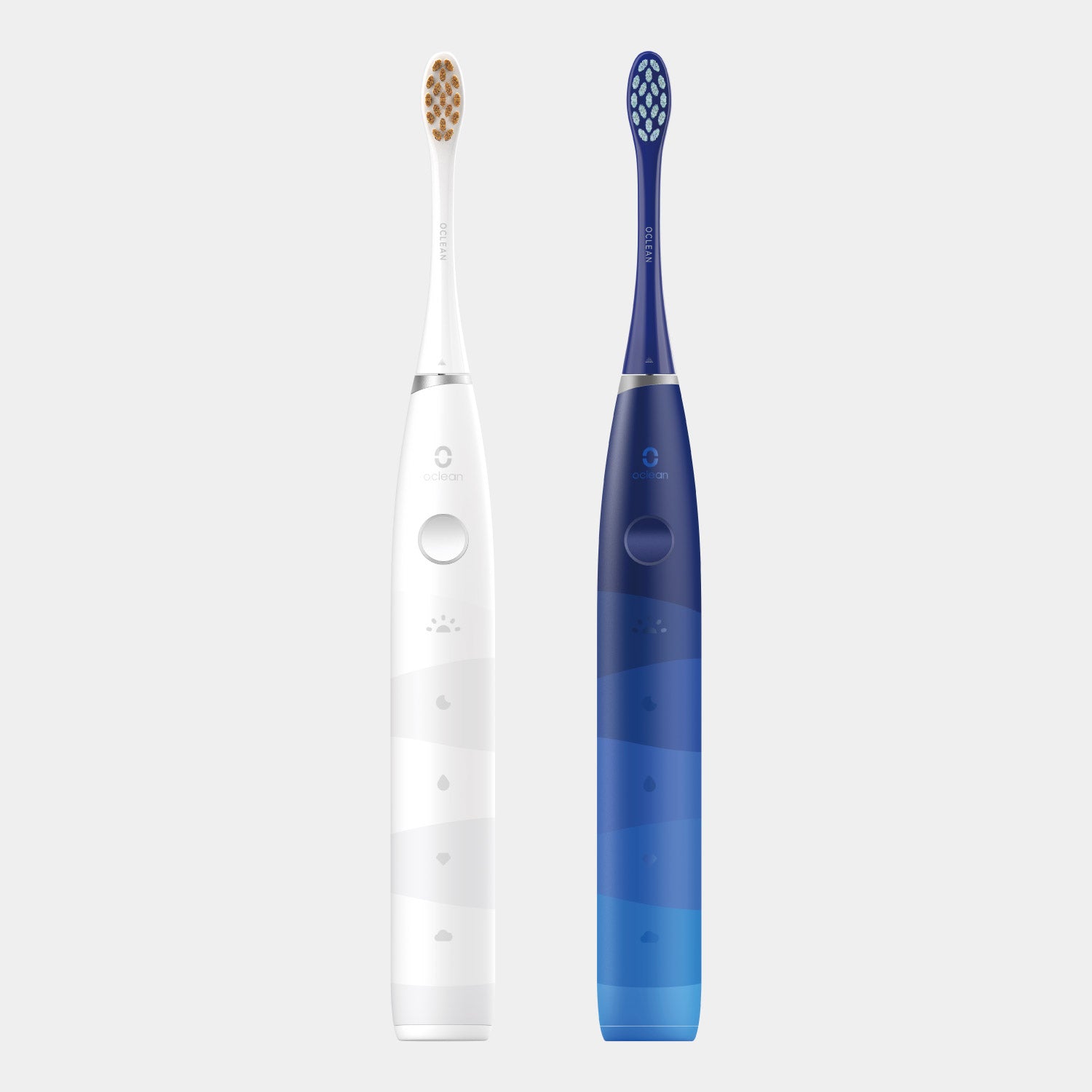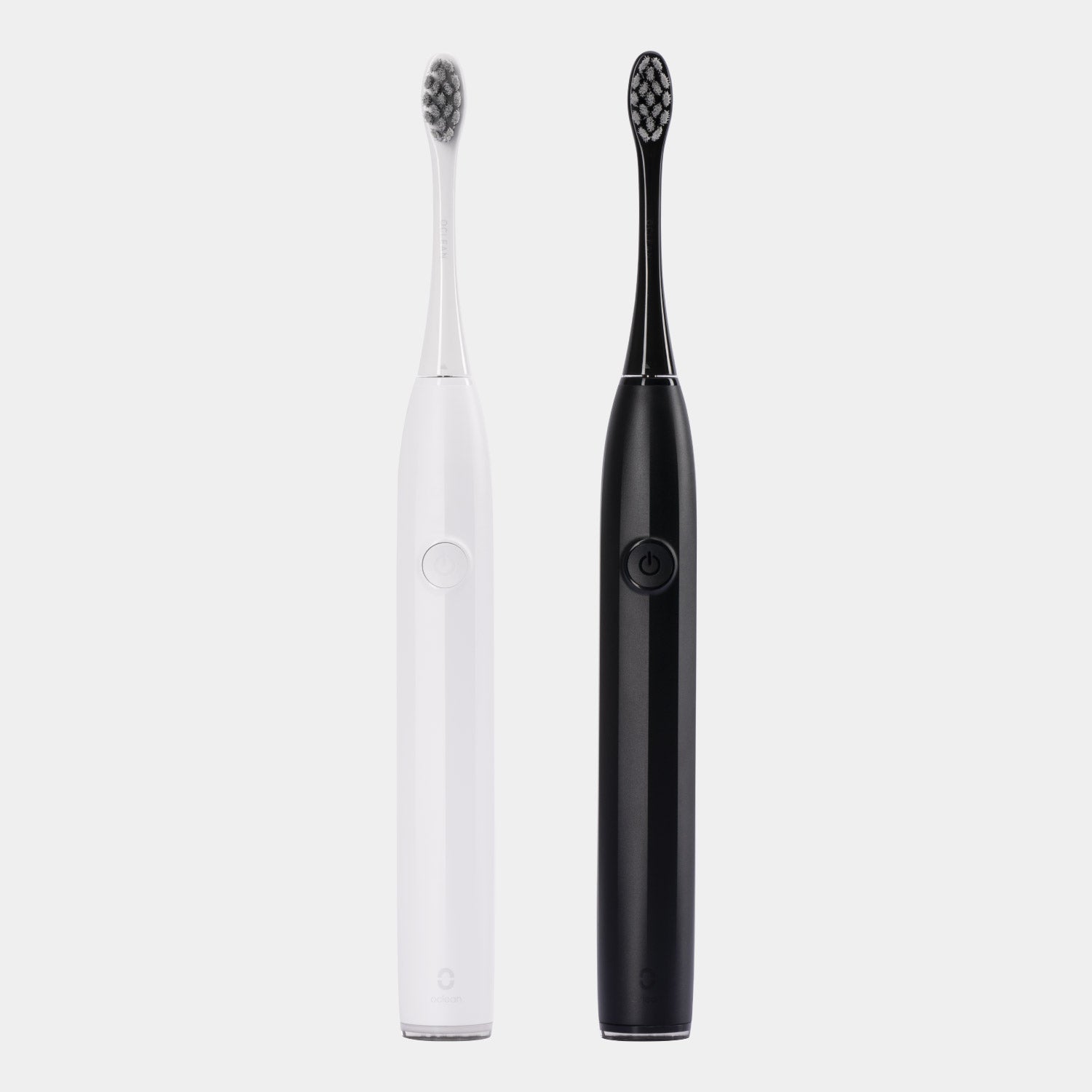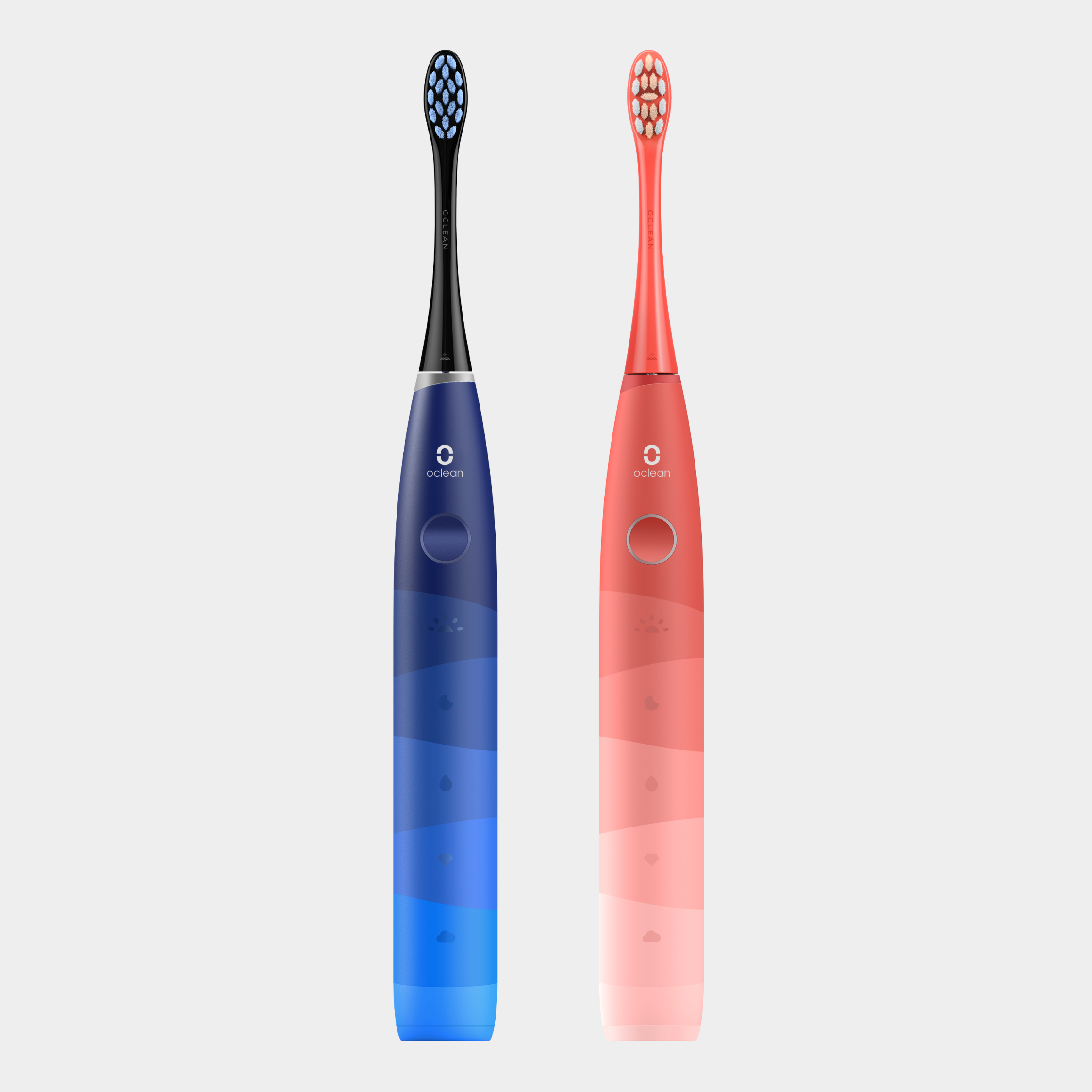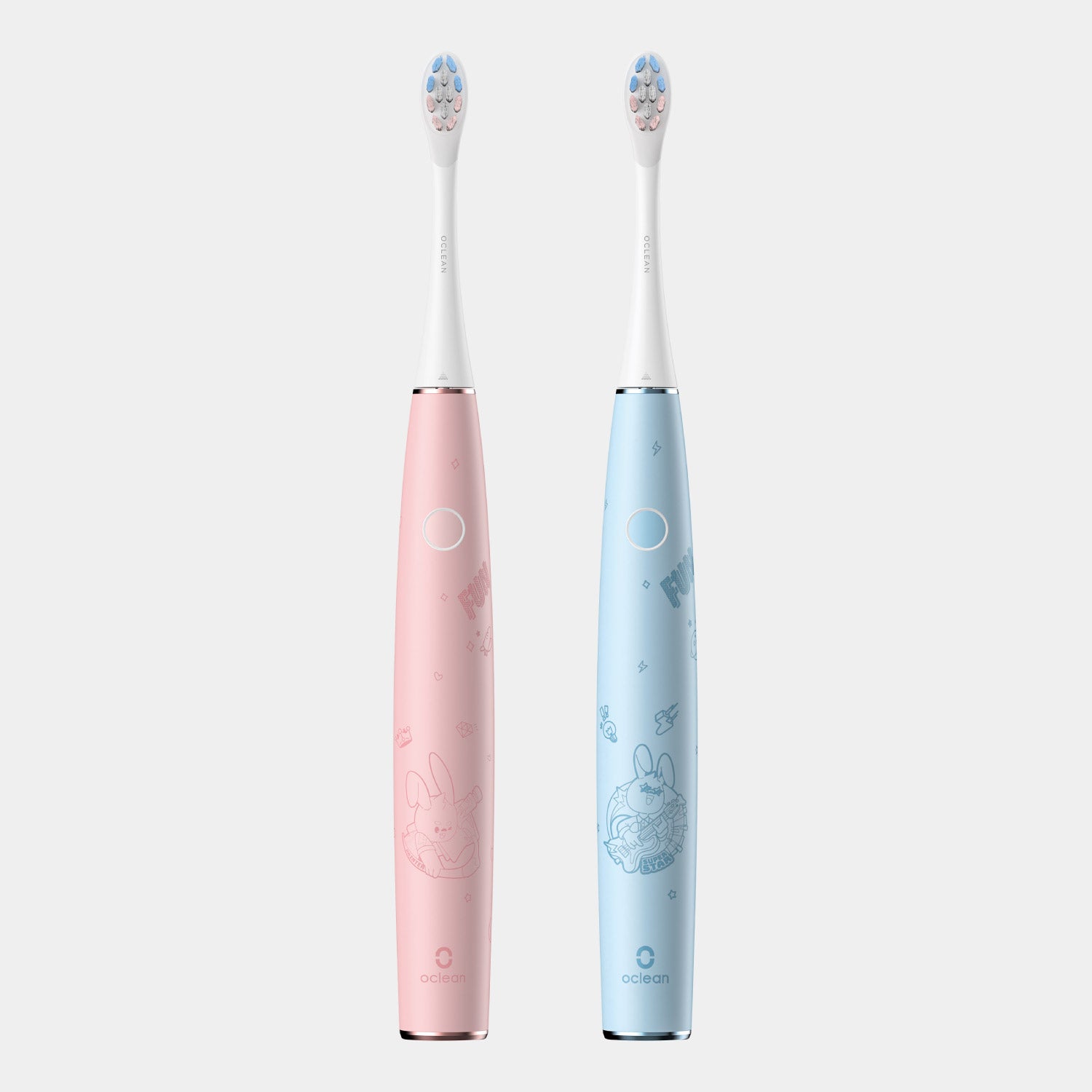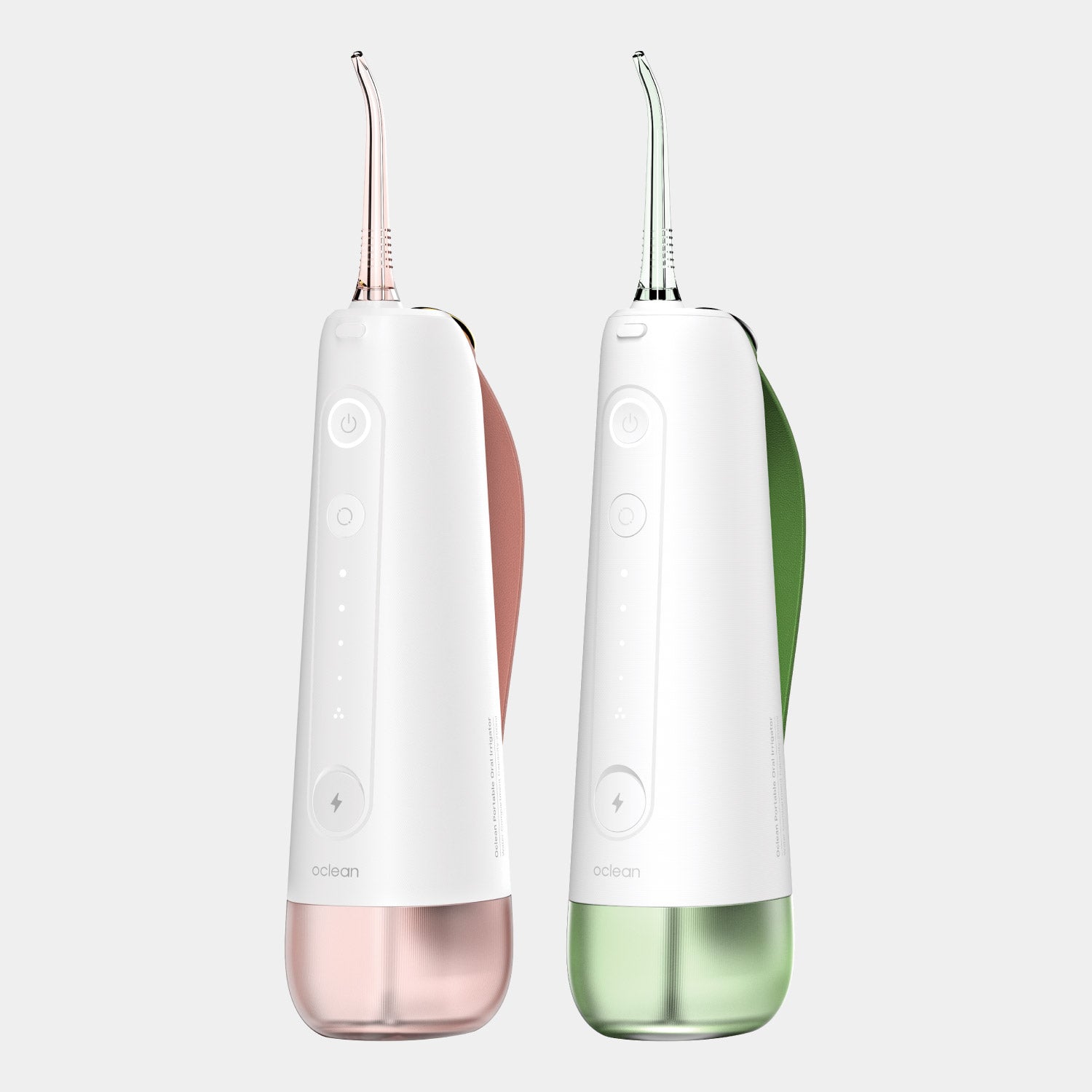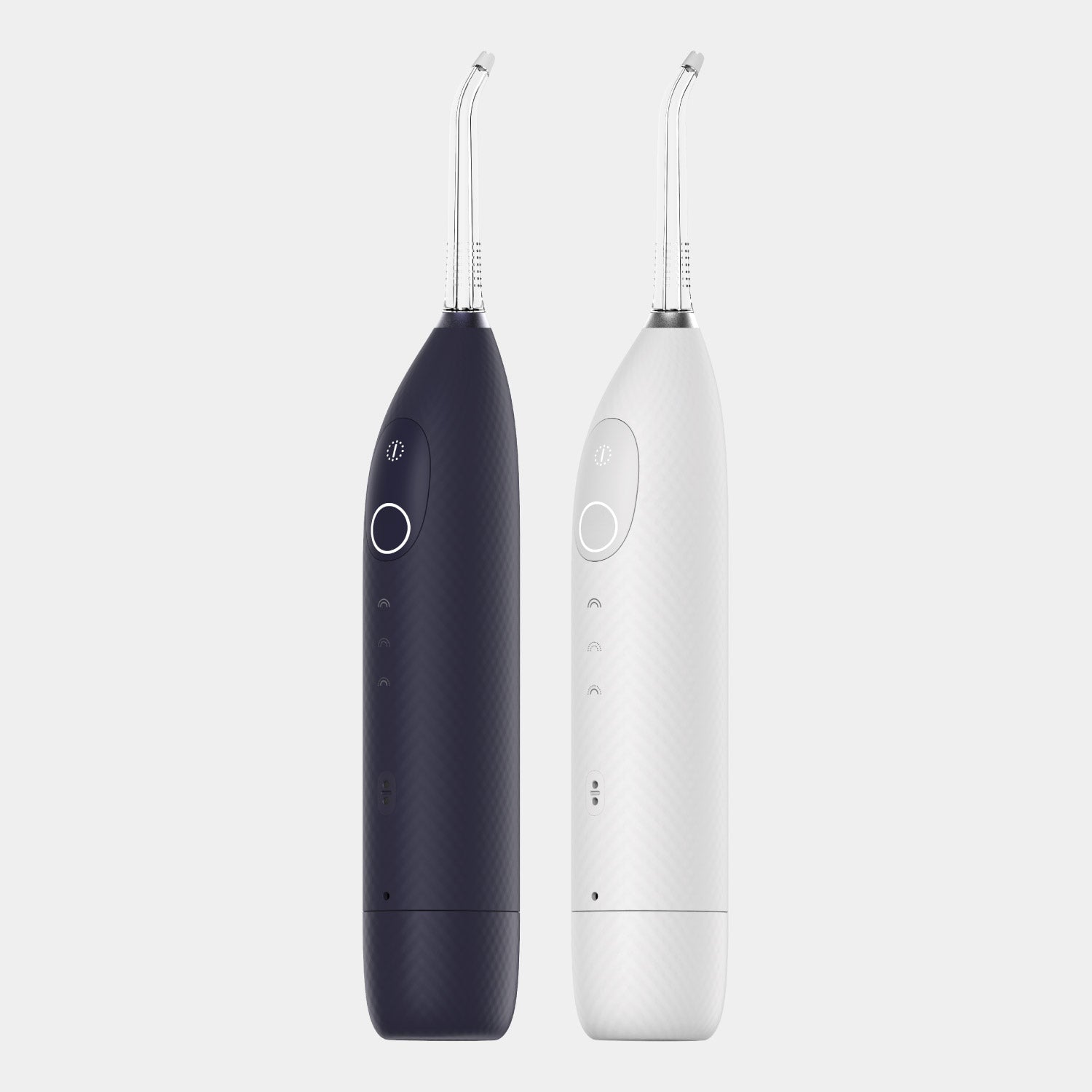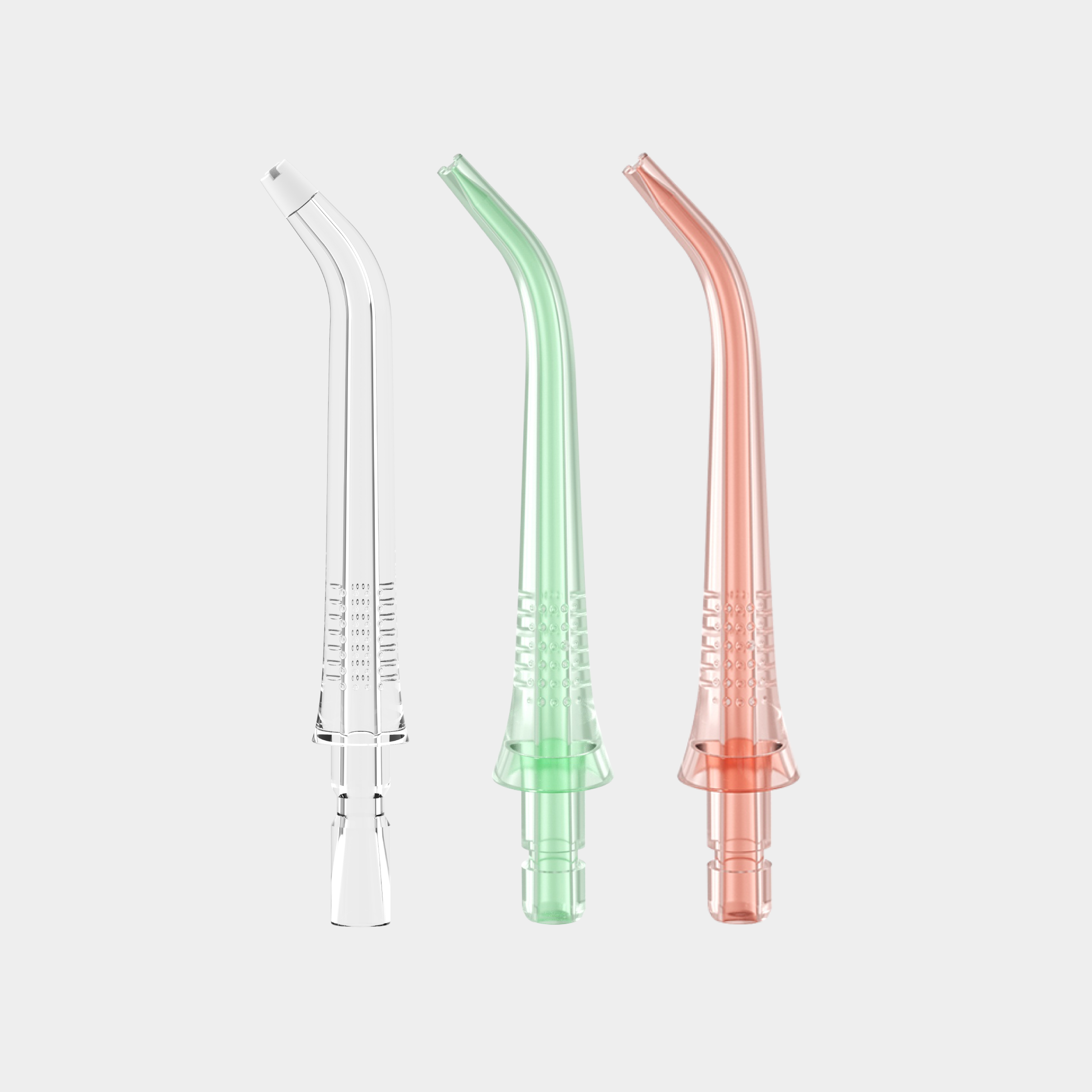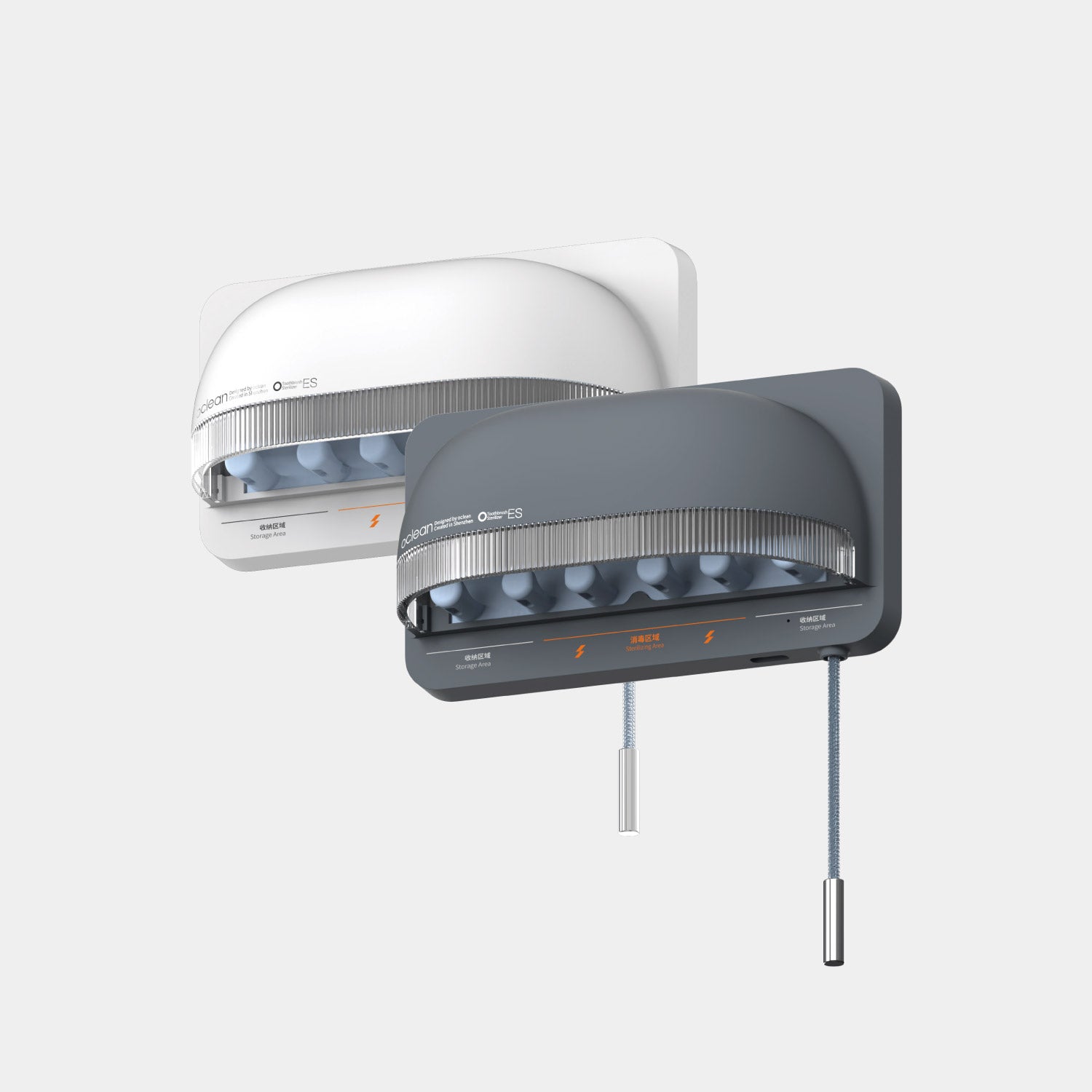When babies start eating solid foods, it is only logical to wonder how they manage to chew without a full set of teeth. After all, most adults do most of their grinding and crushing of food using their molars—the teeth at the back of the mouth—almost exclusively. But babies are very adaptable. Despite having just their front teeth, they can handle a wide range of soft foods.
In this article, we’ll cover how infants chew with front teeth only, what foods are appropriate at this stage, and how parents can support their infants through this critical developmental milestone.
Understanding Baby Teeth Development
From the very start, babies have a total of 20 primary teeth that are hidden under their gums. Known as baby teeth, these start to come out around the 6th month of age, starting with incisors at the front of the mouth. [1] Upper lateral and lower lateral incisors tend to erupt after the upper central and lower central incisors. The canines and molars which are useful for grinding and tearing food generally come in after the age of 1 to 2 years.
So, for a time, babies have only their front teeth to manage their food with. But the amazing thing is—they don’t actually need molars right away to start chewing!
The Role of Front Teeth in Chewing
The front teeth, or incisors, are designed for biting and tearing food, not for grinding. Since molars, which help in chewing food effectively, usually arrive between 12 and 24 months, babies use their front teeth in combination with their gums and tongue to mash and soften food. Their saliva also acts to break down the food so that it becomes easy to swallow.
How Does a Baby Chew if They Don't Have Teeth?
Most babies get their front bottom teeth first, and parents might then worry: How will they manage to eat anything other than pureed food without chewing teeth? But the amazing fact is this—humans don’t chew with our front teeth. We chew in the back of the mouth, where the molars are, and babies can manage soft food even before those molars erupt.
Gums Do the Heavy Lifting
Babies' gums are more resilient than they seem. If your baby has bitten down on your finger, then you have direct experience with the strength of their gums! This allows babies to mash soft foods like ripe bananas, avocado slices, or steamed vegetables.
When babies first start to eat solids, they will initially push food up against the roof of their mouth with their tongue. This is not exactly chewing, but it is the start of learning to deal with solid food. Later, they will learn a skill called lateralization, or pushing the food to the sides of the mouth. This is where chewing starts to take place, even though they don't yet have molars.
Learning Takes Time
When infants start eating solids, it’s completely common for them to look a bit hesitant when it’s time to chew. If you do Baby-Led Weaning, you will probably notice how much your baby enjoys playing with food instead of eating it at first. They would much rather gag, spit it out, or just keep it in their mouth. That is perfectly normal as well. Whenever babies are learning how to chew, it can take weeks or even months to get a hang of it.
Tools to Ease Chewing Abilities
Some of the toys that can assist in teaching babies to chew are called teething toys specifically made for chewing and oral-motor growth. These toys help babies learn how to move things to the sides of their mouths while also moving their jaws and controlling their tongues.
How Can Babies Chew with Just Front Teeth?
It's a question many new parents wonder about: How do babies chew their food when they have nothing but their front teeth—or sometimes no teeth at all? It's almost magic when your baby is chewing on a soft piece of fruit or is able to chew on small pieces of food, despite the fact that they don't have a full set of molars.
Babies don’t need molars to handle soft foods. They chew with their gums and learn to push food around their mouth. As they do this, the muscles in their tongue strengthen, and they can push food to the sides of the mouth where chewing is accomplished. It’s a learning process, but soon babies are quite skilled at eating—even before their molars come in.
What Foods Can Babies Chew With Only Front Teeth?
Babies can chew without molars, but the food selection is crucial. [2] The following are the optimal choices for newborn eaters:
Soft, Easily Mashed Foods
They require minimal chewing power and break apart easily in the mouth:
- Bananas
- Avocados
- Mashed potatoes
- Scrambled eggs
- Yogurt
Cooked, Softened Vegetables
Steamed or boiled vegetables provide essential nutrients and are easy to chew:
- Carrots
- Sweet potatoes
- Broccoli
- Peas
Soft Protein Sources
Protein is required for growth, and babies can handle some proteins without molars:
- Scrambled eggs
- Tofu
- Soft-cooked fish
- Shredded chicken
Pasta and Grains
Carbohydrates provide energy and are soft and easy to chew if well-cooked:
- Soft-cooked pasta
- Rice
- Oatmeal
Finger Foods That Encourage Chewing
Safe, soft finger foods acquaint babies with self-feeding and chewing:
- Soft toast strips
- Ripe pear slices
- Cheese cubes
Reducing Choking Risk When Baby Starts Solid Food
Choking is a major concern for parents when introducing solids to a baby. But by taking the proper precautions, you can essentially remove the risk and help your baby learn to eat safely.
Safety Precautions While Feeding Kids Without Molars
Feeding infants is an enjoyable experience, however, and safety should always be the top priority, especially when they're gumming without back teeth.
1. Supervise Meals:
Be with your baby during meals at all times. This will avoid choking and ensure they are handling the food well.
2. Cut Food Into Small Pieces:
Even if food is soft, it’s a good idea to cut it into small pieces that are easy for your baby to manage.
3. Avoid High-Risk Foods:
Hard, sticky, or round small foods like popcorn, nuts, or whole grapes should be avoided until your child has more teeth and can chew more efficiently.
4. Introduce New Textures Gradually:
As your baby becomes accustomed to soft foods, gradually introduce new textures. This helps develop their chewing muscles and coordination.
Which Foods Are Most Risky?
It's important to start finger foods between 6-9 months, but some foods pose more of a choking hazard than others. Understanding which foods are dangerous—and how to prepare them safely—can help you feel more comfortable while your baby explores new textures.
Foods That Pose the Greatest Choking Risk
Small, round, firm, and slippery foods are the most dangerous for infants. These include:
- Whole grapes
- Raw carrots
- Apples (raw slices especially)
- Nuts and seeds
- Popcorn
- Hard candies
Such foods can easily enter the airway and become lodged and difficult to cough up.
Oral Care for Babies: Starting Good Habits Early
It might not feel like you should be taking care of your baby's teeth if they don't have very many and they're small, but the earlier you get into the habit of proper oral care, the better they'll be set up for a lifetime of healthy gums and teeth. [3] Even though babies don't yet have all their teeth, their gums and teeth that are coming in do need attention. Taking care of them early can prevent tooth decay, promote healthy gums, and get babies used to oral care routines as they become necessary.
Why Early Oral Care is Required
Infants are born with a full set of teeth hidden in the gums, and these start erupting when they are around six months old. These first teeth, or baby teeth, also known as milk teeth, are very important to your child’s development. They help your baby chew foods, learn to speak correctly, and reserve space for their permanent teeth.
If not well cared for, baby teeth can also develop cavities or decay, leading to pain, infection, or even disruption of normal development of permanent teeth. Habits formed now can save your child from future dental issues.
When You Can Start Brushing
Taking care of your child’s mouth starts even before the initial tooth shows itself. A gentle wipe with the help of a soft cloth after a feeding session can go a long way in ensuring there is no leftover residue in the baby’s mouth. By the time they become six months old, children are likely to grow their first ever tooth. Brushing at this stage can include the usage of soft baby toothbrushes along with a minuscule bit of toothpaste with fluoride.
Choosing the Right Toothbrush
The toothbrush, alongside the routine, is vital for the sound upkeep of the child’s mouth for years to come. Children in their infancy and toddlers require a toothbrush that is appropriate for them, which means it should be small with a soft head. As they grow older, it will be your chance to switch them out to electric sonic toothbrushes made especially for children.
An amazing alternative for kids around the ages of 6-12 is the Oclean Kids Electric Toothbrush. Children don’t have to dread the loud noises that the toothbrush makes, which puts this toothbrush high on the list of options.
Oclean is known for its soft silicone brush head which is gentle on gums and teeth, making brushing extremely easy. With the Ultra Quiet technology, parents will appreciate this brush, and any kid will enjoy using it. Further, the toothbrush has 30 days of battery life and a 3-hour fast charge, it is convenient for parents and fun for kids.
Making Brushing Fun and Habitual
Brushing does not have to be a chore. Make it a positive and fun experience, and your child will be eager about their oral health. Sing a song, use a timer, or let your child pick their toothbrush in their favorite color or with their favorite character.
Additional Tips for Early Oral Care
- Avoid sweet drinks: Sweet drinks, like sweetened juice or milk, can result in tooth decay. Limit these and offer water instead, especially before bedtime.
- Don't put your baby to bed with a bottle: Milk or juice in prolonged contact with teeth during sleep can lead to a "bottle mouth," a form of tooth decay that occurs when teeth are frequently exposed to sugars.
- Visit the dentist early: The American Dental Association recommends that you make your child's first dental appointment by their first birthday or within six months of the appearance of their first tooth. [4] Regular check-ups keep your child's teeth and gums developing normally.
- Be a good role model: Babies and toddlers love imitating their parents. Allow them to watch you brush and floss your teeth every day. This is a positive example and will help them learn that oral hygiene is part of their daily routine.
How Do Babies Switch to Molar Chewing?
When molars erupt (typically between 12-18 months), babies are able to chew more efficiently. Here's what's new:
- Additional grinding motion replaces early mashing techniques.
- Chewing becomes more even since molars carry more of the load.
- Dietary variety is expanded to include firmer textures, such as raw vegetables and meats.
This is a process, and babies will still bite with their front teeth even after molars have erupted.
The Bottom Line
So, how do infants chew without back teeth? The key lies in their inherent adaptability. Through their solid gums, creative use of their front teeth, and a little help from their tongue and jaw, infants manage a wide variety of foods long before their molars erupt.
As parents, caregivers, or simply interested relatives, it's simply a matter of serving safe, soft foods and encouraging sound eating habits. And remember—early good oral care sets the stage for a lifetime of healthy smiles!
Reference
-
Better Health Channel. “Teeth Development in Children.” Vic.gov.au, 2012, www.betterhealth.vic.gov.au/health/conditionsandtreatments/teeth-development-in-children.
-
“13 Finger Foods for Babies with No Teeth.” Parents, 2015, www.parents.com/baby/feeding/solid-foods/15-easy-finger-foods-for-babies-with-no-teeth/. Accessed 11 Feb. 2025.
-
“Infant and Children’s Oral Health - Birth to 5 Years of Age.” www.health.ny.gov/prevention/dental/birth_oral_health.htm.
- Mark, Anita M. “Key Points for Your Child’s Teeth.” The Journal of the American Dental Association, vol. 153, no. 1, Jan. 2022, p. 94, https://doi.org/10.1016/j.adaj.2021.10.005.



